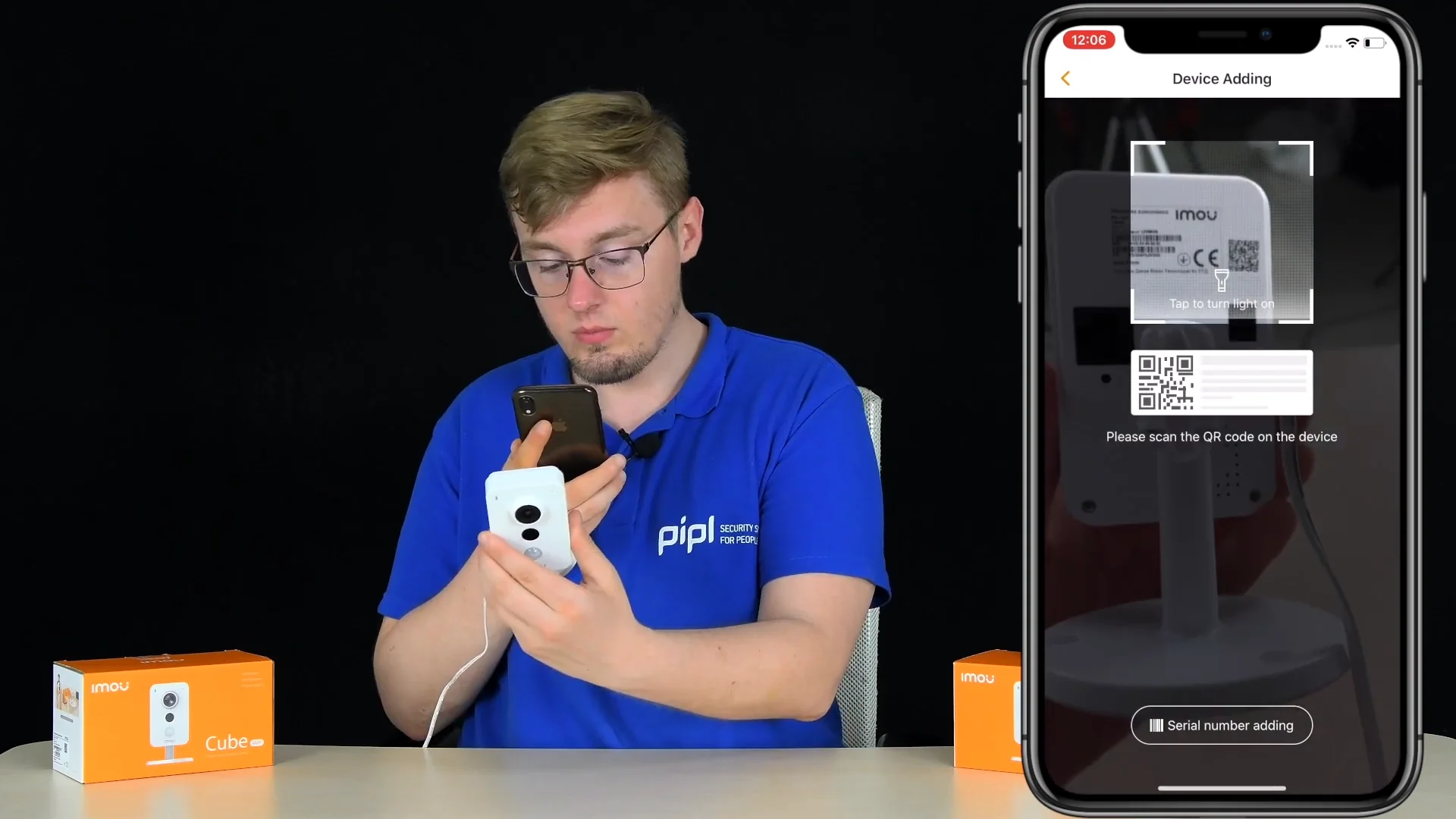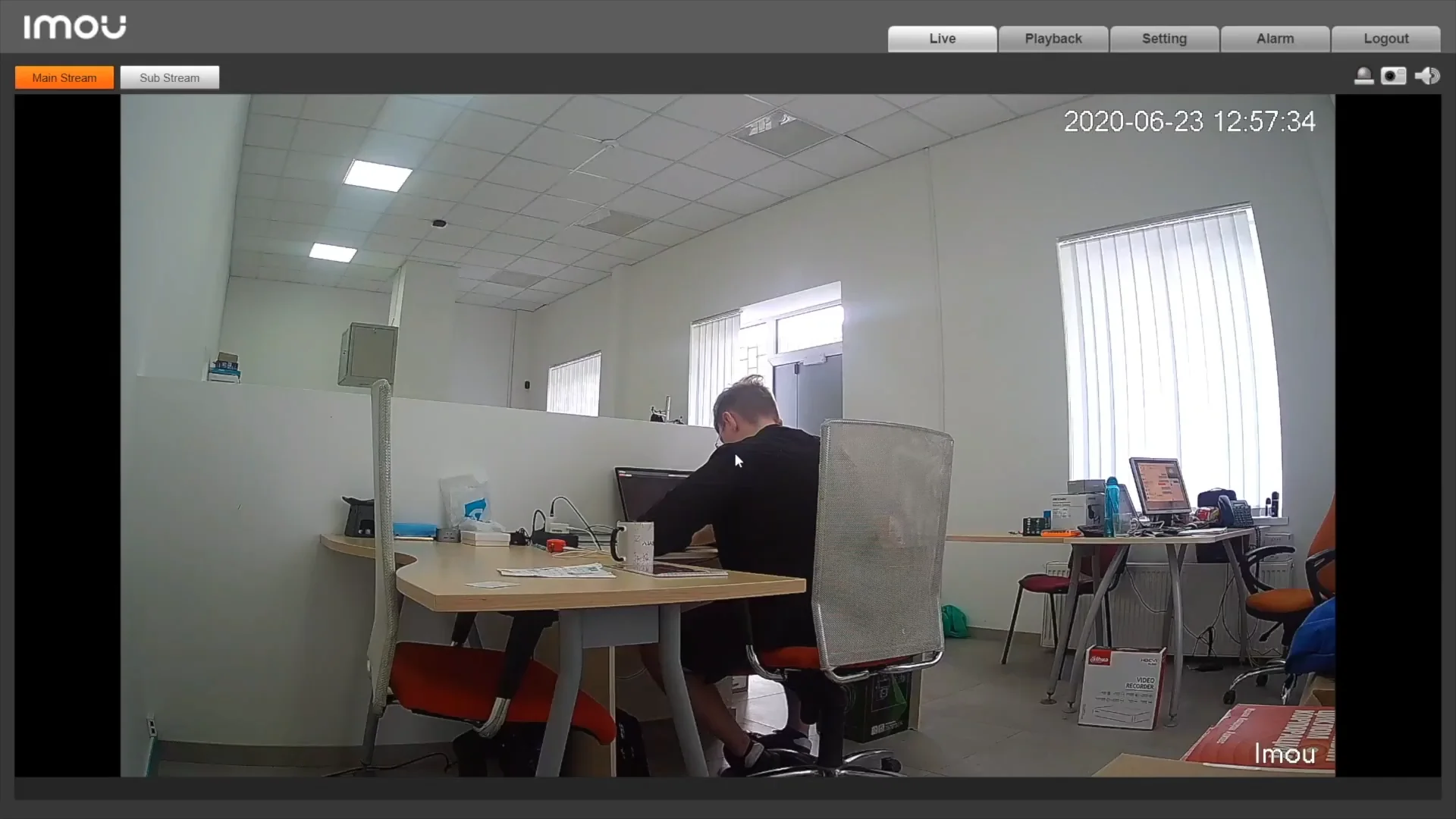We have seen so many of these cube cams – Hikvision’s, Dahua’s, but this one is special. IMOU 4 MP, 2560x1440p resolution Cube camera, sold in 4 variations. We’ll start from unboxing, up next is the camera’s body and functional features overview, video quality test, start-up, activation, and impressions.
2 out of 4 versions of these cubes feature 2 MP 1080p, and we are going to skip them because, come on, the days of 2 MP are gone. The standard, the entry level, now is 4 MP, and I don’t see any sense in purchasing a FullHD 2 MP cam now. The point of this material – IMOU Cube 4 MP cameras, where one features only a wired Ethernet and supports the PoE feature, no Wi-fi though, but the 2nd one features both Wi-fi and wired Ethernet options, but has no PoE. That’s interesting, and this is where the differences between consumer and business segments show up. Visually, the difference is indicated with this little element on the boxes – PoE no Wi-fi and Wi-fi no PoE, also there’s one more indication on the informational sticker on the device body.
Body Overview
The box contents is different for all versions – with Wi-fi version you have the camera, bracket, power supply unit, quick start guide, mounting sticker, and a pack with screws and anchors. And no power supply in the box for PoE version, well obviously because it’s assumed that you will supply power and network via 1 cable coming from a PoE switch. And the box construction inside is identical to cut expenses, all good though.
The camera now – the body is a solid piece of plastic, where 2 parts, the front and back panels, are fastened within each other by 2 screws. So you take the bracket, grab the camera, and then turn it around until you reach a required position. Then you can loosen the joint and adjust the angle the way you want.
Alright, on the front we’ve got a microphone, an LED-indicator for status, and a 2.8 mm focal length, 4 MP 2560x1440p resolution camera module with a 115 degrees FOV and 30 FPS recording ability. And to be consistent, of course, here’s a comparison. You will see a 2 MP 1080p version and a 4 MP version. QHD. Now, finally, a split-screen with 2 MP on the left and 4mp. on the right. And from my perspective, I can clearly see that 4MP. The version is way more detailed in comparison.
Back to camera body – there are quite decent infrared LEDs for night vision with a view distance parameter of 10m or 33 ft. And here’s a demo:
Now this is what I love – a decent hardware IR sensor for motion detection, not like that crap with software pixels change detection, but a normal IR lights PIR, that highly decreases false alarms amount rates. On the back, we’ve got RJ-45 for Ethernet, a reset button below it, 12VDC power in, and the Alarm line in and out interfaces. And this is what makes a clear distinction from just a home format. I mean, do you normally have an alarm interface in home Wi-fi cameras? Nope, that’s a bit unusual but awesome. And we’re finishing it with a speaker behind holes on the device’s rear.
Features & Functions
A little word about functionality. The thing I didn’t mention is a microSD port here on the side, supporting up to 256 GB capacity, and in combination with H.265 compression, that cuts a video file size in around 2x times compared to older H.264, you know what’s that – great storage capabilities. 2-way audio owing to the speaker and the microphone, and ONVIF support, which is totally not common for the consumer segment, and it basically allows you to connect it to any other manufacturer’s video recorder. 30 FPS recording, 115 FOV, night vision and a decent IR sensor for motion spotting, such smart functions as configurable region for alarm alerts, abnormal sound detection, when it kind of spots a too abrupt change in the environment’ volume, alarm interfaces, Power over internet or a Wi-fi, it’s up to you, but man this all, I think, makes a great device to purchase.
These are very popular among installers and consumers when it comes to a low-cost solution for houses, apartments, cafes, or stores and etc. Why? Because these are standalone and easy to manage, easy to activate, and easy to set up, no advanced skills are required. 1 Word – simple. So the device start-up and initial configuration – this time you have options. Firstly, it’s a power and network supplied via 1 twisted pair cable due to the PoE feature, or you can go with the Wi-Fi version, and if you want, you can make it access the network via cable as well. Then you can start the camera up with the IMOU Phone App that we usually use for IMOU Home Wi-fi cameras.
You press add, scan a QR-code located on a device rear part, wait till it’s online and bound to your account, and boom, you can access it as a regular Wi-fi camera, you can view live video stream, you can initialize two-way audio, record, snapshot, and even configure a few more advanced settings here
Or you can go straight to the camera’s web interface by typing its IP address into your browser address field, and then you need to input its activation code as a password, which is located on a device rear part on the informational sticker, and you’re in. There’s a live stream, and then you have access to the advanced configurations, like you normally have with IP-cameras – you have advanced settings for video, audio, network, events, storage, system, and etс. And you can also work with the camera in Dahua’s PC tools, such as Config Tool, used for Dahua IP-cameras initialization, and you can add the camera to Dahua’s SmartPSS IP-devices management PC Software. In total, that makes 4 options to work with the device, but I think there’s a bit more, although I’ve mentioned the most common ones, but that’s already a lot, suiting for all segments: consumer, advanced consumer, installers and professionals, who need to keep an eye on dozens of cameras simultaneously.
In my home now, I’ve got IMOU cameras, and I think I’m seriously considering updating my setup based on these cameras. I really like the number of options to work with these cameras via different tools and the option to go either Wi-fi or a PoE option. I like the advanced configuration, ONVIF support to make the recorded footage be saved onto a third-party network video recorder or whatever! Instead, I can use a 256 GB microSD in combination with H.265 compression rate and have great storage capabilities. And the longevity, the life cycle, you know, I think it will hold out for a long time in your home if you get it right now on the Pipl Systems Store, along with a microSD, video recorder, PoE switches, or what else do you need? Alarm systems, video doorbells, video intercom systems, IP-Cameras, and many else!























